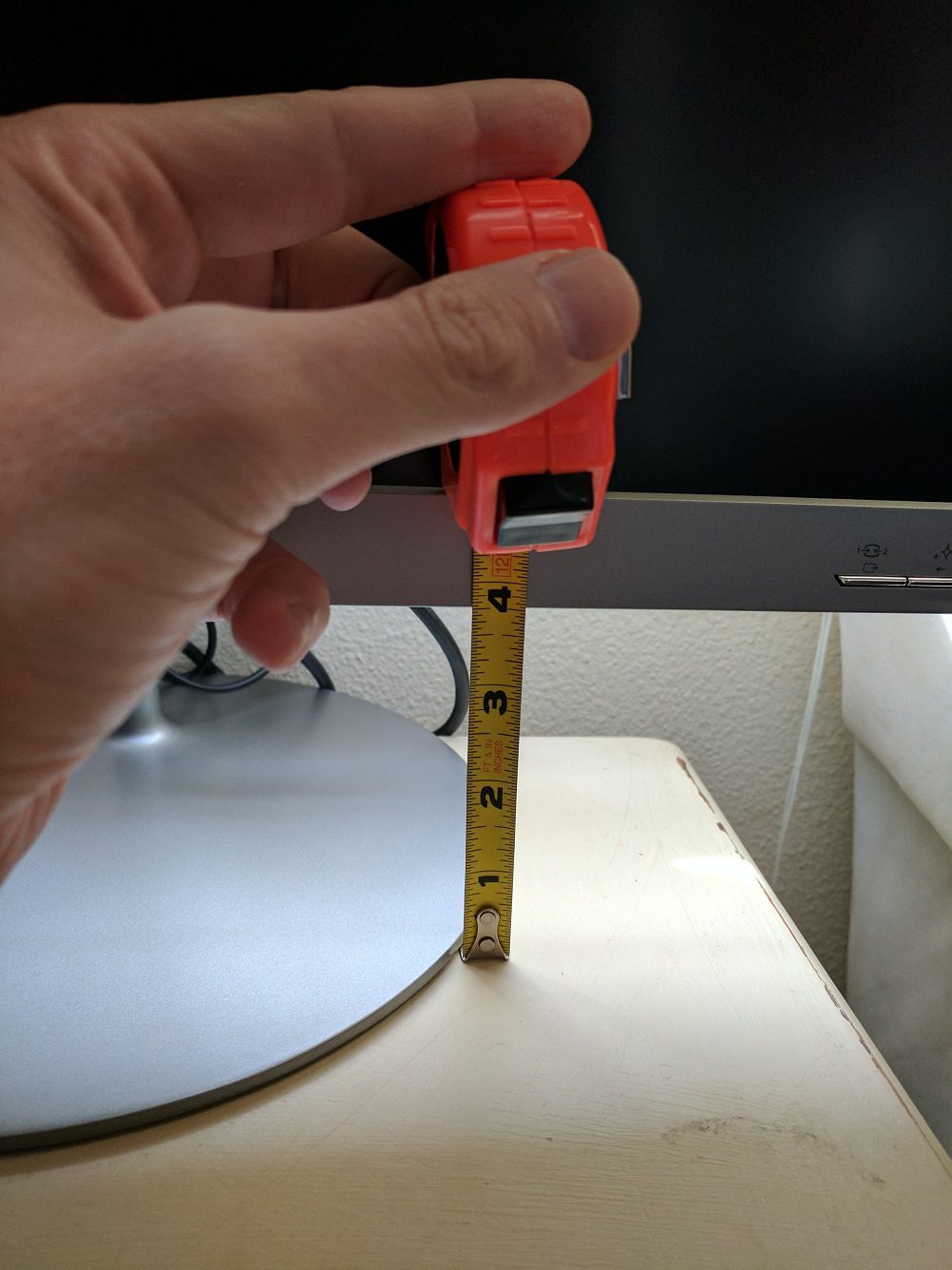Thanks to Lenovo for sending us this test unit.
There is a sweet-spot out there for monitors. Actually, several sweet spots. As I have never reviewed a monitor before, I’ve done a lot of research in preparation for this review. I read about several levers of change that separate monitors from one another and influence their manufactured purpose (e.g. contrast ratio, RGB color coverage, grey-to-grey response time, or panel type). While not as complicated as reviewing audio-equipment, I will say that I’m mostly leaning towards a pretty sharp conclusion that one should ignore those complexities and find a way to test several monitors across price ranges before purchasing. A monitor, however, is a major decision that one should not pass over because the differences are “too complex.” With the L27q-20 (“27q”), Lenovo has brought to market an affordable 2K display with thin bezels that are easy on the eyes.
What Matters
The first monitor I used was a CRT with 640 x 480 screen resolution. My first major upgrade was an LCD panel in 2005. I bought it because it looked amazing in the store demo. Sure enough, when I brought it home it was a tremendous upgrade (and reduction in footprint). Fast-forward to 2016 when I purchased what is widely considered the best gaming monitor for the price: the ASUS MG279Q. It has a 144Hz refresh rate, an IPS panel, and it was more than $500. That’s important because, generally, you get what you pay for. But one can’t chase any individual specification and deem it king. It’s imperative you find the specs that strike the right balance or optimization for your needs. In the end, what I found was price + a personal visual experience was the best indicator for the “should I buy it” scale.
Specifications
For those of you that understand the gritty details of monitors, below are the specs of our test unit. Quick note: I’ve converted to bold the specs I think matter most:
| Aspect Ratio | 16:9 |
| Brightness | 350 cd/m2 |
| Connector | HDMI 1.4,DP1.2 |
| Contrast Ratio | 1000:1 |
| Display Type | TFT LCD |
| Horizontal Viewing Angle | 178 degrees |
| Maximum Resolution | 2560 x 1440 |
| Monitor Technology | TFT |
| Preset Display Modes | 20 |
| User Programmable Modes | 20 |
| Refresh Time | 4 Milliseconds |
| Screen Illumination | LED Backlight |
| Viewable Image Size Inches | 27 |
| Stand | Tilt only |
| Tilt | -5~22 degrees |
| Video Input | HDMI + DP |
| Depth (US) | 9.33in |
| Height (US) | 18.36in |
| Weight (US) | 10.91 lbs |
| Width (US) | 24.08in |
What’s Missing?
Speakers! The lack of speakers keeps the monitor thin and light while emphasizing the display. It’s doing what it’s intended to do: show a good quality image. Just note that if you’re replacing a monitor that has speakers, you’re going to need to buy a new set. Alternatively, you can plug a headset into the back as audio does pass through the HDMI or DisplayPort cable from your PC.
Telescoping. You can tilt the screen up to 22 degrees, but you cannot lift it up or down. The bottom of the display is roughly 4 inches from the base, so you may find yourself stacking the 27q on top of a book or two.
A Day in the Life as a…
Business Monitor
At 27 inches, the 27q is large enough to handle 2 application windows oriented side to side. If you’re in a single spreadsheet for hours, you won’t find any trouble as the large display coupled with a 2K resolution means you can really pack in the cells. For word processing and presentation creation, it’s solid. I did find that whites were not true whites, but I don’t know if I would have noticed had I not used it as a second display with my above-mentioned ASUS, which has very good color presentation. Note the 27q is half the price of that ASUS monitor.
Gaming Monitor
I tested the 27q as both a PC and console gaming monitor (Nintendo Switch). My PC has a GTX 1060 which can dominate at 1080p and hold it’s own in 2K resolution. Games looked good on the 27q, but certainly did not quite hold up to the ASUS. But, at $300 would I rather have the 27q? Not for my PC gaming. For console gaming, yes, it was perfect. I played a few rounds of Splatoon 2 and a slower title, I am Setsuna. Both looked great and I never felt the images were too slow to refresh. That’s not even with 144Hz as I was using an HDMI cable with the Nintendo Switch, which is limited to 60Hz.
Casual Monitor
What’s more casual that watching some Netflix? Probably browsing the web. The 27q was a real champ with it’s thin bezels and bright display.
Who Should Buy It?
At $300, the 27q is a super competitive device that satisfies the needs of many users. If you want a solid display with a lot of screen space, but reduced physical space at a good price, you buy the 27q. It’s easy to setup and you’ll be impressed with your first impression, unless you have it side by side with an elite gaming monitor (so don’t do that).




